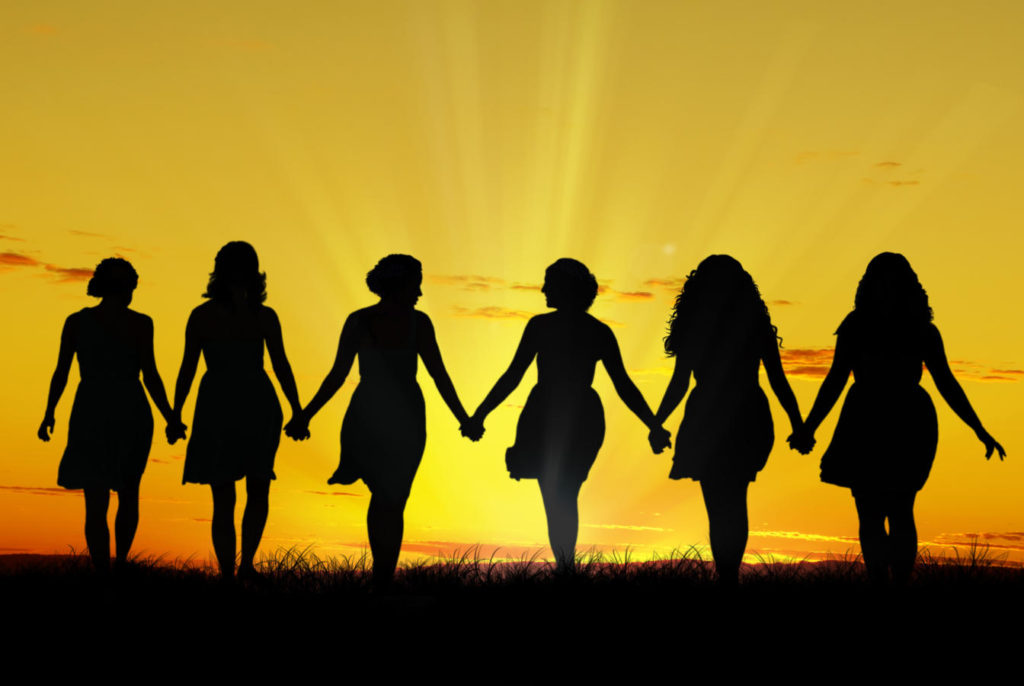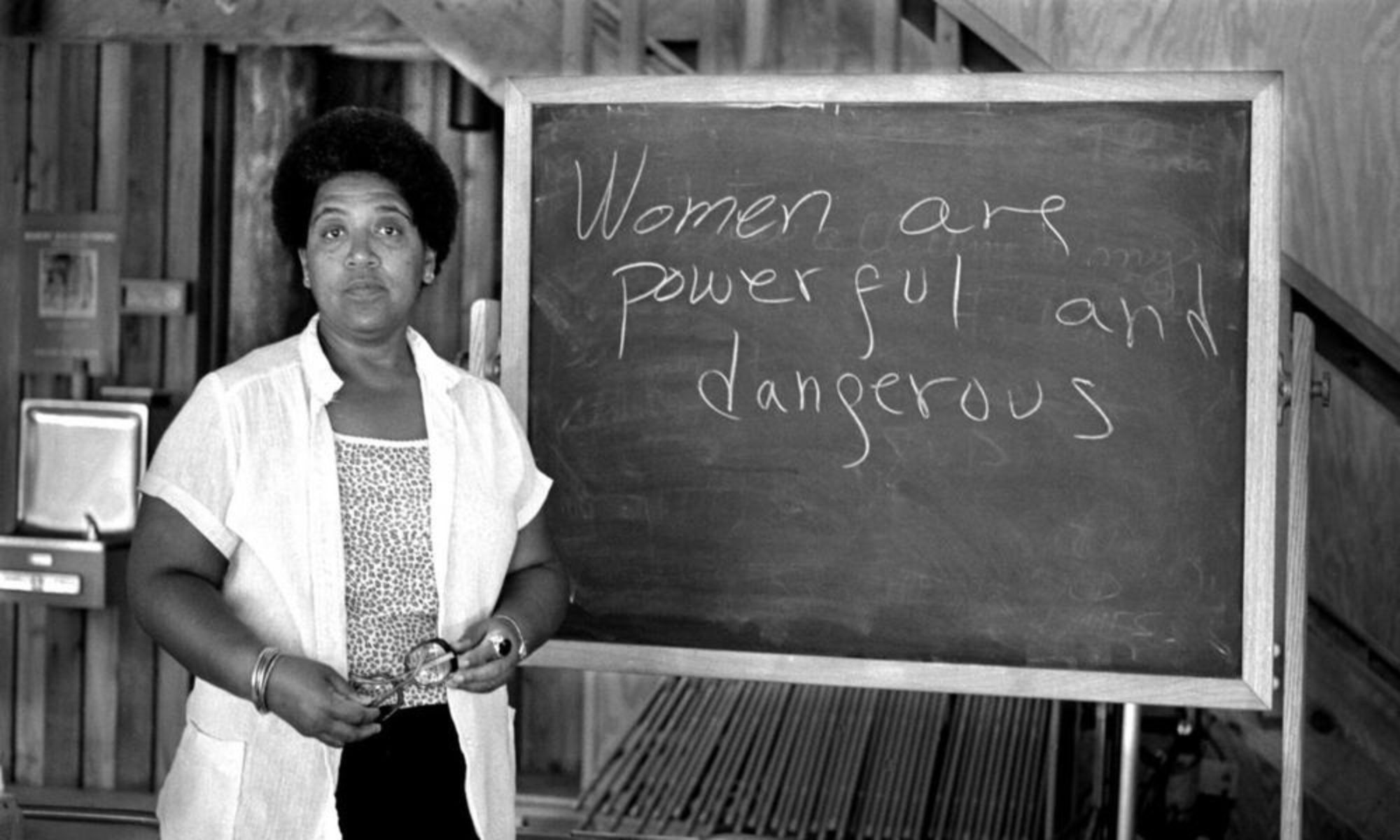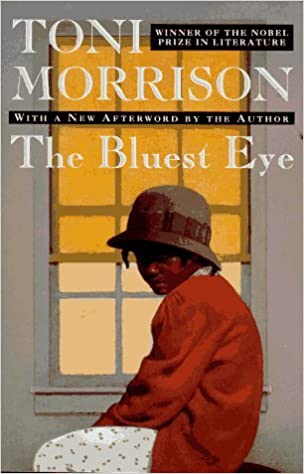About Toni Morrison- Something I found very interesting when reading about the legendary author was that she actually was born into that name Chloe Ardelia Wofford and got the nickname “Toni” from college. Ofcourse, she later on remarried to change her last name to “Morrison”. She was born in 1931 in Ohio and was the second born child out of four children. Her father was a welder and her mother was a domestic worker, both having hobbies in the music industry. Morrison attended Howard University in 1949, and graduated in 1953 with a bachelor’s degree in English. She later on went to study in Cornell University for only two years to get her masters degree. When Morrison moved to New York, she began to work on a story that she started in Howard university, about a young black girl desperate to have blue eyes, which coincidentally is the book I chose to read. The book called “The Bluest Eye”, was published in 1970 her style was said to be distinctive and musical making her books seem like long poems or musical compositions with a haunting lyrical language.
“The Bluest Eye”- The protagonist in this book is named Claudia Macteer; she’s also the main narrator of the book, speaking in her adult perspective and switching to her more innocent naive self throughout the novel. She portrays a rebellious figure who tries her best to do everything she can to go against societal beauty standards at the time. While Claudia goes against conforming, her older sister Frieda actively tries to blend in and embrace the beauty standards. Pecola Breedlove is a girl who’s poor and is essentially being bullied from everyone in her life for being “ugly”. Her goal in life starts to be society’s standard of being physically beautiful, which ended up destroying her instead. Cholly Breedlove, who is Pecola’s father, was raised in a terrible way thus he has no morals and ended up raping Pecola, which evidently effected the way she saw the world. Pauline Breedlive is Pecola’s mother who in the book sometimes contradicts the perception that there is no “ideal beauty”. Miss Marie challenges some of the characters’ conceptions of beauty and feminine decorum. Since I already discussed the main characters and how they influenced the plot, I decided to just summarize the main point the book accurately portrays. The Bluest Eye in essence discusses the controversial idea of societal standards being accurate or not, specifically if beauty standards should exist in this world. The characters all have different lives, them being very diverse and full of substance, but as a whole they all seem to have struggles or an extreme view on either side of the argument, which in turn lets the readers decipher their opinion for their own which is something I personally really enjoyed.
Comparison to “Playing In The Dark”- The one general comparison I came up with when comparing both of Morrisons work is the idea of perception and although many people can have similar lives and live in the same society, everyone’s perceptions can alter the way their own situations and decisions come to light.
Discussion Questions-
- Do you think conforming is a necessity in the world we live in today? Or can it be avoided? Do you think individualism is valued more than conforming?
- Do you think perception alters someone’s way of life? How so? Does it affect other people around them and in what sense?
- Does a beauty ideal exist? Are there both positives and negatives to having said ideal?












